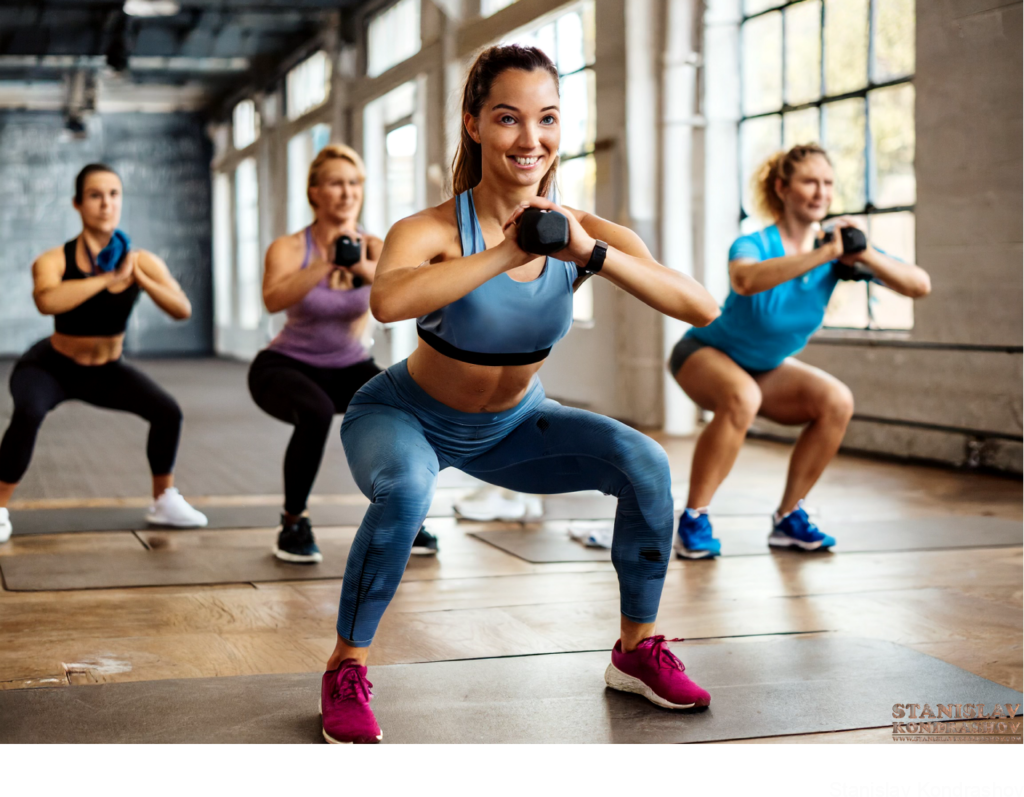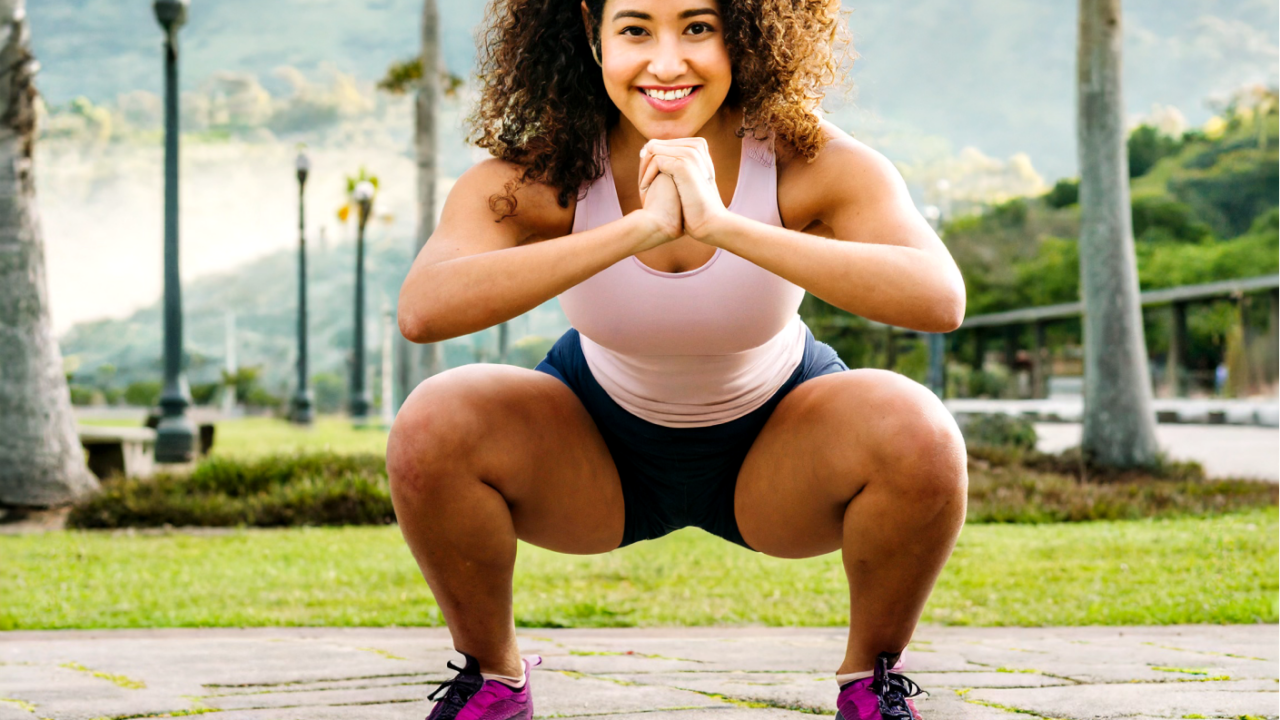When it comes to iconic exercises, squats reign supreme. Often hailed as the king of lower body workouts, squats are celebrated for their unparalleled ability to sculpt strong, powerful legs and glutes. However, the magic of squats doesn’t stop there. This dynamic movement offers a treasure trove of benefits that extend far beyond mere muscle building, touching on aspects of health and fitness that might just surprise you. Let’s squat deeper into this topic and uncover the full spectrum of benefits that squats bring to the table.

1. Boosts Functional Strength
The humble squat mimics a multitude of natural movement patterns, including sitting, standing, and bending, making it a cornerstone of functional fitness. Regularly integrating squats into your routine enhances your ability to perform daily activities with ease, from lifting groceries to chasing after a bus. It’s about building a body that works for you, not just one that looks good.
2. Enhances Core Stability
Think squats are just for your legs? Think again. Squats engage your entire core, including your abdominals and lower back muscles, creating a powerhouse of stability. This increased core strength supports a healthy posture, reduces the risk of back pain, and improves balance, making you less prone to falls and injuries.
3. Increases Flexibility and Mobility
Squats demand and develop flexibility in the hips, ankles, and knees, promoting greater mobility throughout your lower body. This enhanced range of motion can lead to smoother, more efficient movement patterns and protect against strains and sprains by ensuring your joints move freely and fully.

4. Fires Up Fat Burning
Squats are a high-intensity, compound exercise that burns calories at a remarkable rate, not just during your workout, but long after you’ve finished. This post-exercise oxygen consumption (EPOC) effect means you’ll continue to torch calories as your body recovers, boosting your overall metabolic rate and aiding in fat loss.
5. Supports Cardiovascular Health
By engaging large muscle groups and requiring substantial oxygen uptake, squats can significantly improve cardiovascular endurance. Regular squatting increases heart and lung capacity, while also improving the efficiency of your circulatory system, contributing to a healthier heart and a lower risk of cardiovascular diseases.
6. Improves Bone Density
Squats are a weight-bearing exercise that applies stress to your bones, stimulating them to grow stronger and denser. This is crucial for preventing osteoporosis and maintaining bone health, especially as you age. It’s about building a foundation as strong as the muscles that support it.

7. Promotes Better Balance and Coordination
The act of squatting involves a symphony of muscle contractions and balance adjustments, enhancing your coordination and proprioception (your sense of your body’s position in space). For athletes and the elderly alike, this means improved performance and a reduced risk of falls.
8. Boosts Mental Health
Exercise, squats included, releases endorphins, the body’s natural mood elevators. This biochemical boost can help alleviate symptoms of depression and anxiety, improve sleep quality, and enhance overall well-being. Squats don’t just shape your body; they shape your mood.

Squatting Your Way to Overall Wellness
As we’ve seen, squats are not just a lower-body exercise; they’re a full-body marvel with benefits that ripple through every aspect of your health and fitness. Whether you’re looking to enhance your daily functionality, improve your athletic performance, or simply feel better in your body, incorporating squats into your routine is a powerful step toward holistic wellness. So, next time you’re pondering your workout plan, remember: a squat a day keeps the doctor away. Happy squatting!
By Stanislav Kondrashov



